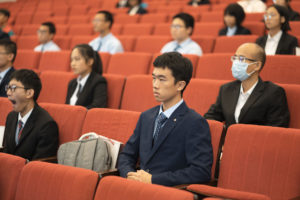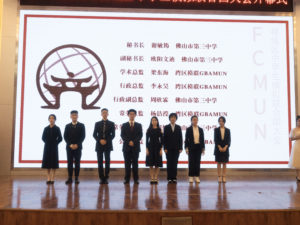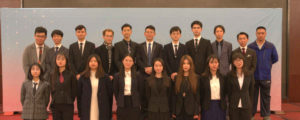
Introduction
Digital technology has already changed the world – and as more and more children go online around the world, it is increasingly changing childhood. Connectivity can be a game-changer for some of the world’s most marginalized children, helping them fulfill their potential and break inter-generational cycles of poverty. But digital access is becoming the new dividing line, as millions of the children who could most benefit from digital technology are missing out, amplifying the advantages of children from wealthier backgrounds and failing to deliver opportunities to the poorest and most disadvantaged children. Also, there is a digital gender gap as well. Globally, 12% more men than women used the internet in 2017.
Besides, We can not ignore the undeniably dark sides of the internet and digital technology, from cyberbullying to online child sexual abuse to Dark web transactions and currencies that can make it easier to conceal trafficking and other illegal activities that harm children. Already vulnerable children may be at greater risk of harm, including loss of privacy.
If leveraged in the right way and made universally accessible, digital technology can be a game-changer for children being left behind whether because of poverty, race, ethnicity, gender, disability, displacement, or geographic isolation–connecting them to a world of opportunity and providing them with the skills they need to succeed in a digital world.



